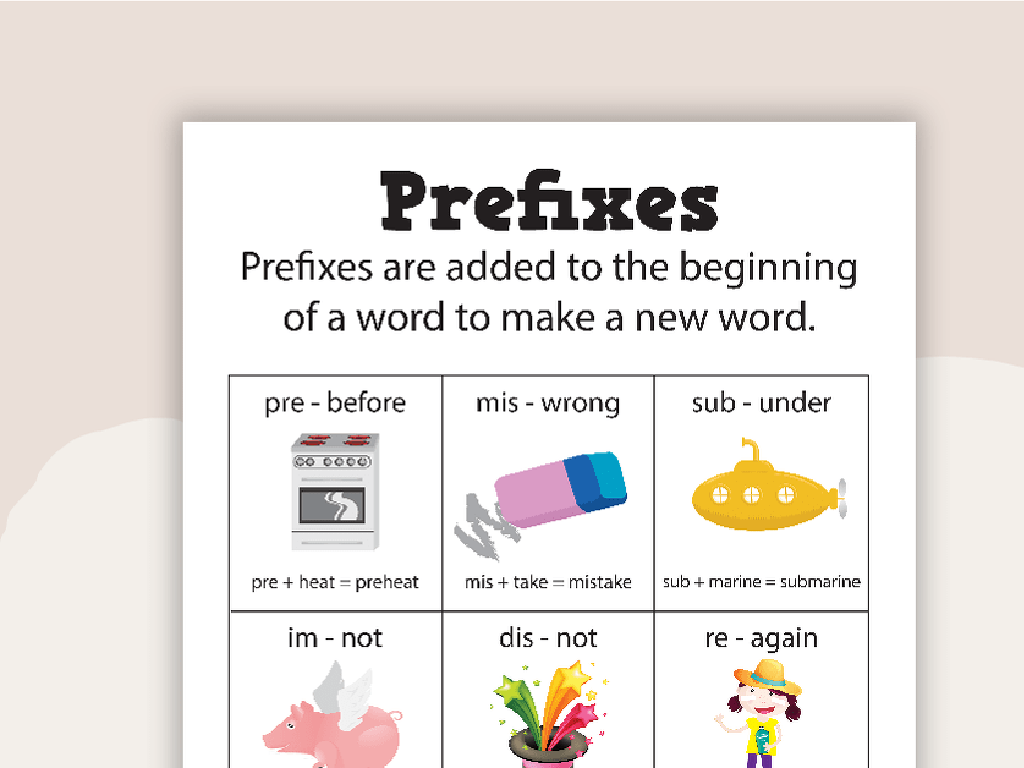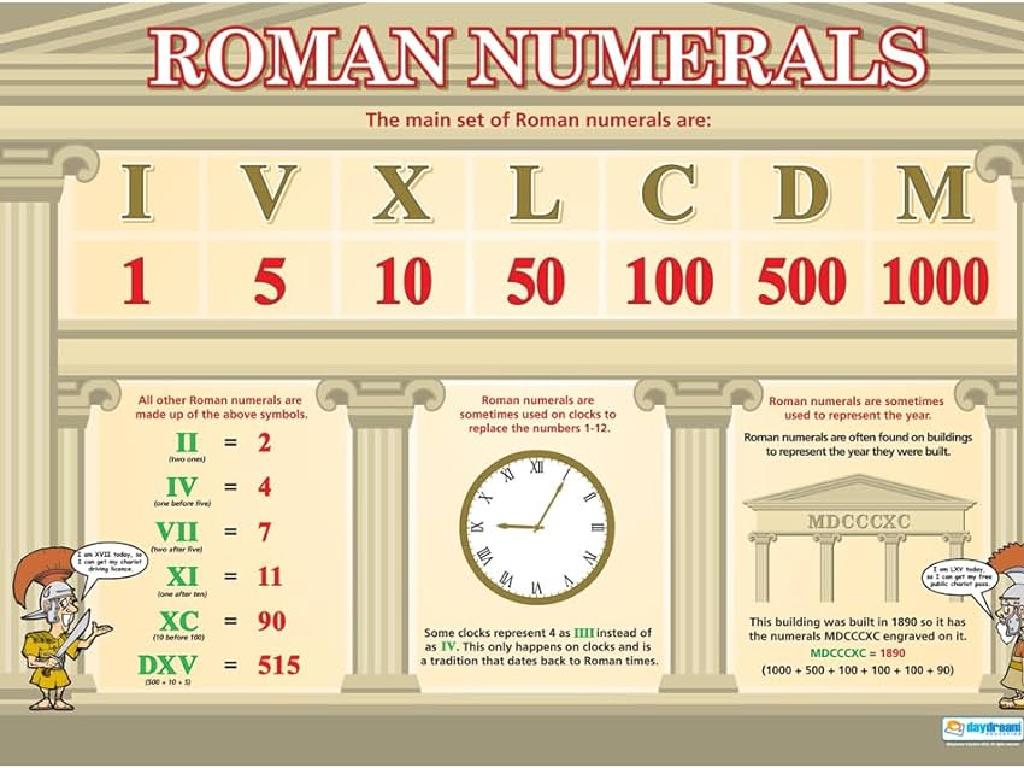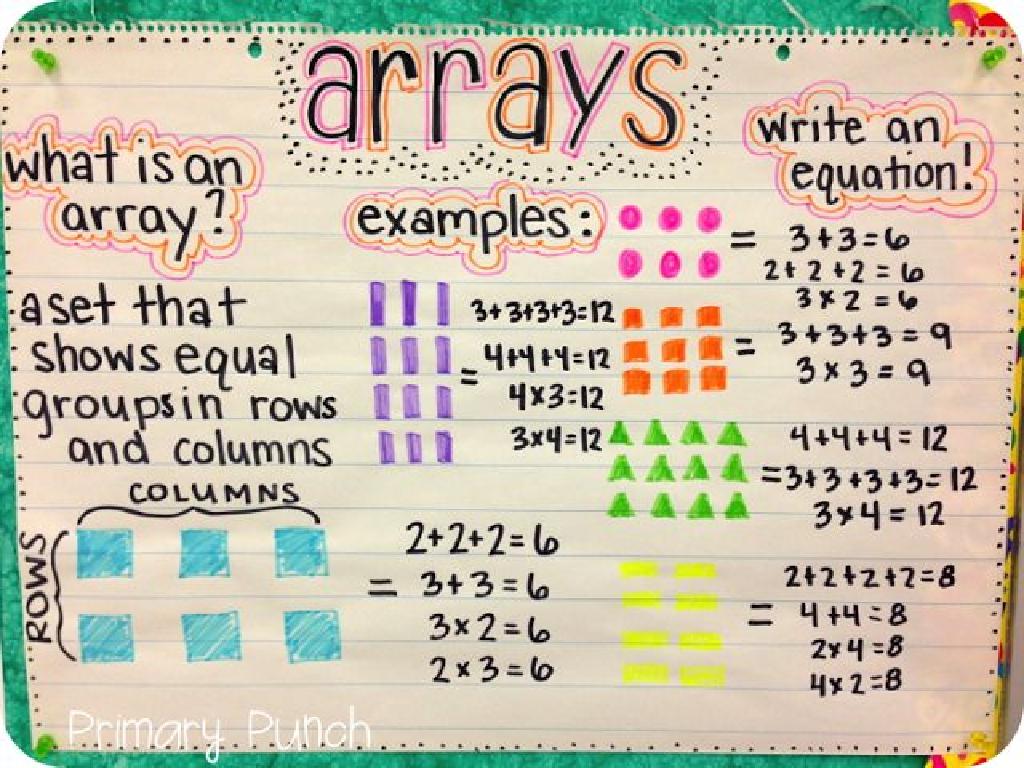Housing
Subject: Life skills
Grade: High school
Topic: Personal Finance
Please LOG IN to download the presentation. Access is available to registered users only.
View More Content
Introduction to Housing in Personal Finance
– Housing’s role in finance
Housing is often the largest monthly expense and a key part of financial planning.
– Comparing Renting vs. Owning
Renting offers flexibility, while owning is an investment that can build equity.
– Housing’s impact on stability
Stable housing can lead to better credit scores and financial predictability.
– Strategies for housing decisions
|
This slide introduces students to the concept of housing within the realm of personal finance. It’s crucial to discuss how significant a role housing plays in an individual’s or family’s financial situation, as it often represents the largest portion of monthly spending. The slide compares the pros and cons of renting versus owning a home, highlighting the flexibility of renting against the long-term financial benefits of homeownership, such as equity growth. Emphasize the importance of housing for overall financial stability, as it affects other aspects of personal finance like credit scores and savings. Encourage students to think critically about their future housing decisions and consider what might be best for their personal financial goals.
Understanding Housing Costs
– Housing cost components
– Includes mortgage/rent, utilities, maintenance
– Mortgage and interest rates
– A loan to purchase property, with interest over time
– Budgeting for housing
– Allocate funds for all housing-related expenses
– Long-term financial planning
|
This slide aims to educate high school students on the various costs associated with housing, an essential aspect of personal finance. Begin by explaining the breakdown of housing costs, which typically include mortgage or rent payments, utility bills, and maintenance costs. Clarify the concept of a mortgage, emphasizing the role of interest rates and how they affect the total amount paid over time. Stress the importance of budgeting for these expenses, taking into account both regular payments and potential unexpected maintenance issues. Encourage students to think about housing costs as part of their long-term financial planning, considering how these expenses fit into their future financial goals. Provide examples of average costs in your area to give students a realistic understanding of housing expenses.
Renting a Home: What You Need to Know
– Understanding leases and agreements
– A lease is a binding contract that outlines your rights and obligations.
– Tenant responsibilities
– Tenants must maintain the property and pay rent on time.
– Budgeting for rental expenses
– Allocate funds for rent, utilities, and renter’s insurance in your budget.
– Planning for additional costs
– Consider costs like security deposits and potential repairs.
|
This slide aims to educate high school students on the essentials of renting a home. It’s crucial to understand that a lease or rental agreement is a legally binding document that stipulates the terms of the rental, including duration, rent amount, and rules. Students should be aware of the responsibilities that come with being a tenant, such as maintaining the property and adhering to the agreement. Budgeting for rent should include not only the monthly payment but also utilities, insurance, and any other recurring costs. Additionally, students should be prepared for initial expenses such as security deposits and potential maintenance or repair costs that may arise. Encourage students to read any rental agreement thoroughly before signing and to ask questions about anything they do not understand.
The Journey of Homeownership
– Steps in the home buying process
– From house hunting to closing the deal
– Long-term financial impact
– Mortgage, taxes, and insurance considerations
– Home maintenance costs
– Regular upkeep and unexpected repairs
– Additional homeownership expenses
– Utilities, HOA fees, and property upgrades
|
This slide aims to provide students with a comprehensive understanding of the home buying process and the responsibilities that come with owning a home. It’s crucial to discuss each step of the process, from searching for a home to finalizing the deal at closing. Emphasize the long-term financial implications, such as mortgage payments, property taxes, and home insurance. Maintenance should be highlighted as a continuous responsibility, including both planned upkeep and unforeseen repairs. Lastly, address the additional costs homeowners may face, like utility bills, homeowners’ association fees, and potential property improvements. Encourage students to consider these factors seriously when planning for future homeownership.
Credit and Housing: Impact on Your Future
– Credit scores’ role in housing
– Higher scores can mean better housing terms and options.
– Tips for building good credit
– Pay bills on time, keep balances low, and manage credit cards wisely.
– Maintaining your credit score
– Regularly check credit reports and rectify any errors.
– Loans and housing credit basics
– Understand mortgage types, interest rates, and the borrowing process.
|
This slide aims to educate high school students on the importance of credit scores and their impact on housing opportunities. It’s crucial to instill the value of a good credit score, which can significantly affect their ability to rent or buy a home and the terms of their mortgage. Provide strategies for building and maintaining a strong credit history, such as timely payments and responsible credit usage. Additionally, introduce basic concepts of loans and credit as they pertain to housing, including the types of mortgages available, how interest rates work, and the overall process of borrowing for a home purchase. Encourage students to start monitoring their credit early and to understand the financial implications of their credit-related decisions.
Government Housing Assistance Programs
– Overview of housing assistance
– Programs like Section 8, public housing, and more
– Eligibility for government aid
– Criteria often include income level, family size, etc.
– Application process insights
– Steps include application, documentation, and waiting lists
– Impact on personal finance
– Assistance can help manage rent, homeownership costs
|
This slide aims to inform students about the various government programs available to assist with housing, which is a critical component of personal finance. Start by explaining programs such as Section 8, which provides vouchers for rent, and public housing options. Discuss the eligibility criteria, which typically revolve around income levels, family size, and sometimes veteran status or disability. Walk through the application process, emphasizing the importance of accurate documentation and the patience needed due to potential waiting lists. Finally, explain how these programs can alleviate financial burdens by reducing housing costs, allowing for better budget management and financial stability. Encourage students to think critically about the role of government in personal finance and the social implications of housing assistance.
Making Informed Housing Decisions
– Evaluate personal finances
– Assess income, expenses, and savings for affordability.
– Consider location, size, amenities
– Proximity to work/school, desired space, and features like a pool or gym.
– Plan for long-term housing investment
– Think about future needs and potential property value increase.
– Understand housing as an asset
|
This slide aims to guide students through the process of making informed decisions when it comes to housing. It’s crucial to start with a personal financial evaluation, considering income, expenses, and savings to determine what is affordable. Location is key, as it affects daily life and commute times; size must accommodate current and future needs; amenities can offer added comfort or convenience. Long-term planning involves considering how a home can also be an investment, potentially appreciating in value over time. Students should also understand that housing is not just a place to live, but an asset that can impact their financial future. Encourage them to research and simulate different scenarios to better grasp the implications of their choices.
Class Activity: Housing Budget Plan
– Create a monthly housing budget
– Explore housing options within budget
– Consider apartments, shared housing, etc.
– Present and justify your budget plan
– Explain your choices to the class
– Discuss affordability and priorities
– What’s essential: location, size, amenities?
|
This class activity is designed to help students understand the real-world application of budgeting for housing. Provide students with a realistic scenario, including a specific income and necessary expenses. They will use this information to create a monthly housing budget. Encourage them to research different housing options within their budget, considering factors like location, size, and amenities. Each student will present their budget plan to the class, explaining their choices and the trade-offs they made. This activity will help students to think critically about personal finance and the importance of budgeting in planning for housing costs. Possible scenarios could include a single person, a college student, or a small family to cater to different budgeting needs.





